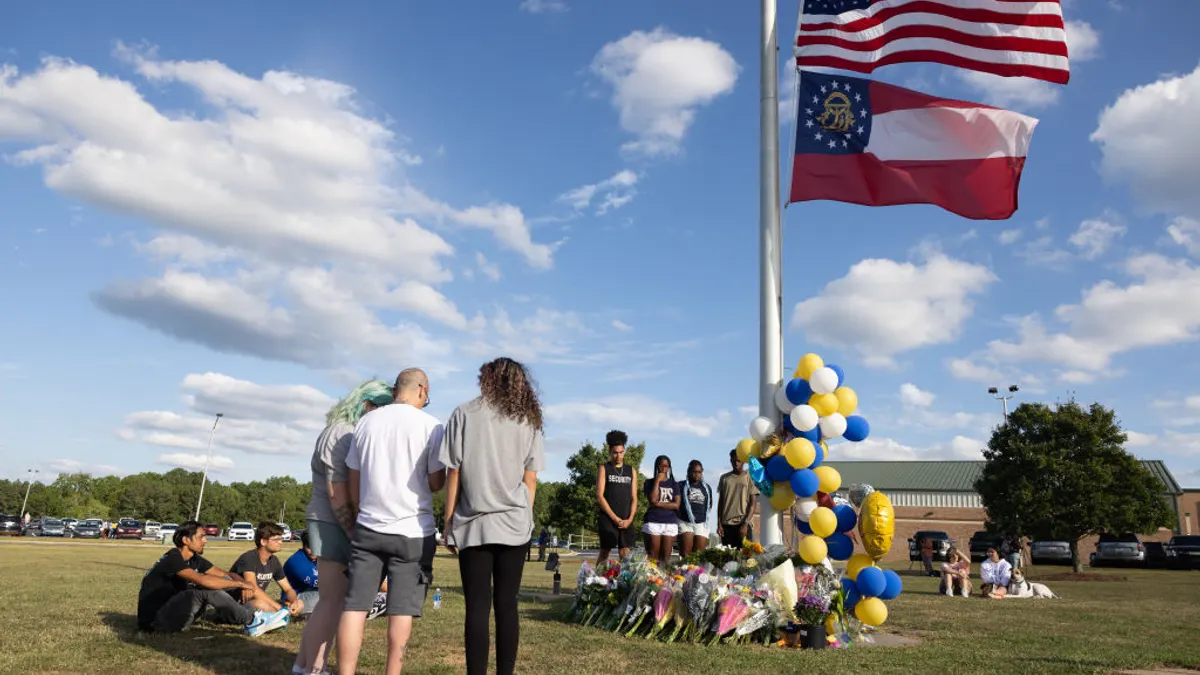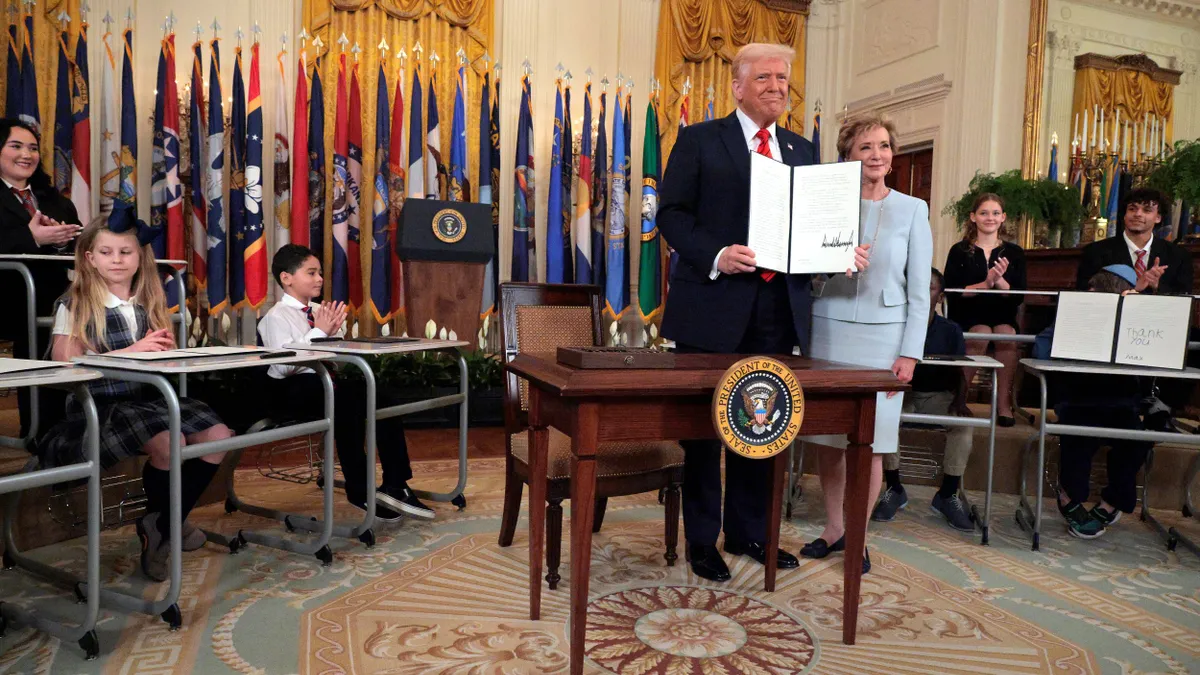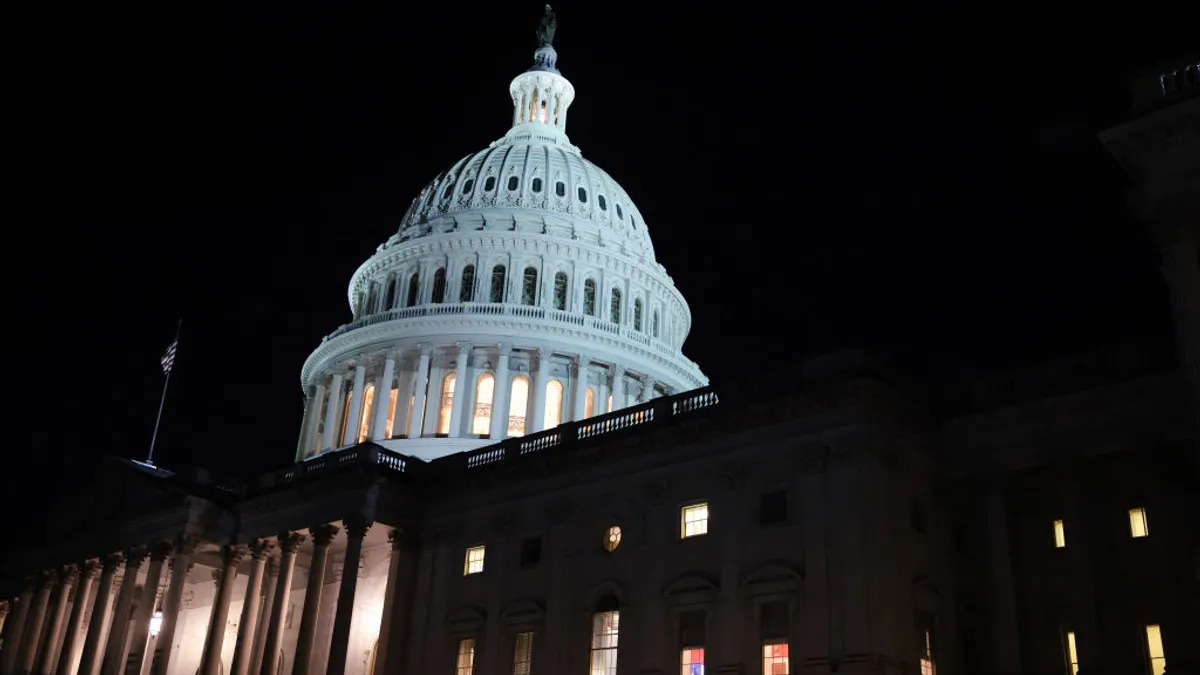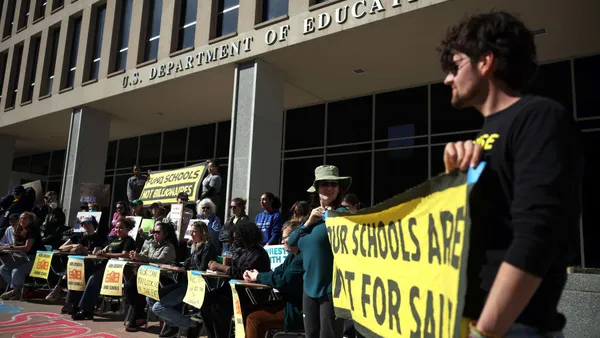Active shooter drills — while intended to make schools safer for students and staff — can cause mental, emotional and behavioral harm for the very populations they seek to protect.
A 234-page report released this month by the National Academies of Sciences, Engineering, and Medicine made several recommendations to reduce those negative impacts, including trauma-informed, developmentally appropriate practices, as well as policies that prohibit high-intensity or hyper-realistic simulations.
About 95% of schools conduct active shooter drills as part of emergency response training, but they’re lacking in both standards for practice and research into their effectiveness, the report said. Research into their mental health impacts is also limited.
In fact, the variety of practices being used and the wide-range of related terminology is contributing to the confusion about active shooter drills, the report said.
"We know little about their effectiveness and perhaps more importantly, their potential positive impact on students and staff, like feeling more prepared, but also their potential negative impact on mental emotional and behavioral health, like increasing fear and anxiety for students, staff and families," said Jeff Temple, a member of the committee that contributed to the report.
"Given this and despite the lack of definitive evidence, schools need guidance now," said Temple, who is also associate dean of clinical research at the School of Behavioral Health Sciences at the University of Texas Health in Houston.
The study's committee included 14 members who are experts in areas ranging from K-12 school administration and school security policy to developmental-behavioral pediatrics and child and adolescent psychiatry and psychology. Committee members spoke about the report's findings and recommendations during a Wednesday webinar.
Drills a "necessary reality"
The aim of the congressionally-mandated study was not to determine whether school active shooter drills are effective or whether they should be eliminated. Instead, the report's contributors focused on the mental health impact of those practices and how to reduce harmful effects when they are used, said Richard Bonnie, the committee chair and Harrison Foundation professor of medicine and law emeritus at University of Virginia.
The report defines active shooter drills as "a procedure in which a school practices an emergency protocol designed to protect students and school staff against assault by an armed assailant with a firearm. This term is often used to refer to a broad spectrum of practices used in schools, including but not limited to lockdown drills, options-based drills, and full-scale simulation exercises."
K-12 schools in the U.S. have seen an increase in gun violence over the past 20 years. According to the K-12 School Shooting Database, school shootings reached an all-time high of 349 incidents recorded in 2023. That same year, 250 people were wounded or killed by gun violence on school campuses, according to the database. More recently, school shootings have been declining.
The database defines school shootings as any time a gun is fired or brandished with intent or when a bullet hits school property, regardless of the number of victims, time, day or reason. There is not a national standardized method for counting or recording school shootings.
"Unfortunately, these drills are a necessary reality," said Temple, adding that there is some research that provides insights that can help improve practice and reduce potential risks.
The committee's recommendations, Temple said, focus on promoting consistent best practices for drills, including eliminating activities that harm mental, emotional and behavioral health, addressing disparities in resources, improving accessibility for all students and staff, and enhancing training for law enforcement in schools.
Temple added that the purpose of the report is to help schools have guidelines so they can prepare active shooter drills in a more effective and efficient way.
"We're cognizant of the fact that schools and teachers are asked to do way too much in their lives and in the school day," Temple said.
Minimizing mental health risks
One of the nine recommendations in the report calls for state legislatures and state agencies to prohibit high-intensity drills and drills that convincingly simulate a real active shooter event, are realistic or are deceptive in practice. If there's an absence of state policy, local districts should make these restrictions, the report said. Additionally, drills should be announced to students, staff and parents before they begin.
The report says that while no direct research has been done on how high-intensity and hyper-realistic drills affect students and staff, there is "growing professional consensus on the likely adverse impact of these practices."
The report recommends that if these types of drills are needed for emergency preparedness training, that they be conducted outside of regular school hours and without staff and students.
Another recommendation calls for the participation of school-based nurses, counselors, psychologists, social workers, and other health professionals in proactively monitoring students for signs of anxiety or distress during and following school active shooter drills. School-based health professionals can also contribute to emergency preparedness by working with other school staff to ensure that students with medical conditions or disabilities have supports and accommodations during drills and real emergencies, the report said.
School-based health professionals and child mental health specialists "can play a vital role by reviewing district policies and advising on the potential impact of these drills on students and staff," said Nathaniel Harnett, a committee member and assistant professor of psychiatry at Harvard Medical School.
The report also recommends that federal agencies such as the U.S. Department of Education, U.S. Department of Health and Human Services, and the Federal Emergency Management Agency issue national best-practice guidelines aligned with the committee’s guidance to follow trauma-informed and developmentally appropriate principles for active shooter drills in schools.
Additionally, the committee believes "there's a place for federal funding to support research on the long-term psychological impact of these drills on students and staff," Harnett said.





















